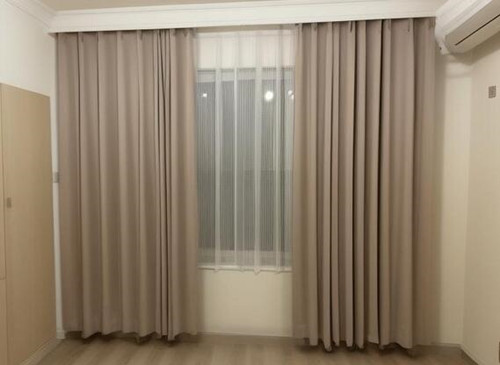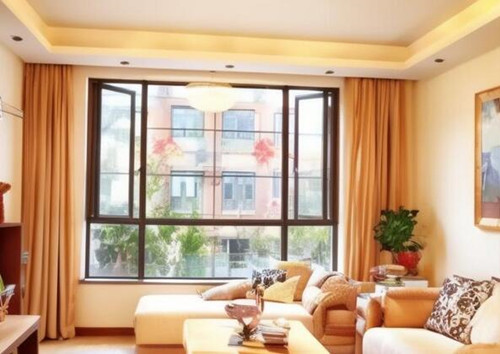Urbanization has led to an increase in noise pollution for city inhabitants. This has an impact on residents of older neighborhoods or those with busy streets parallel to them. Sound insulation is important when it comes to windows. Below we will discuss a few different ways to attain secondary soundproofing without replacing the windows themselves.
1. Surface Treatment
To begin achieving secondary soundproofing, you may want to consider surface treatments. Surface treatments consist of applying soundproofing materials to the surface of the windows. There are soundproofing tapes or films designed for windows that can be applied to the window's edges or glass; and you it may even reduce the sound of noise coming from the exterior. Moreover, you can spray soundproof paint on the window frames to enhance sound insulation.

2. Seal
Even more importantly, the soundproofing effectiveness is greatly related to the window's air tightness. Whenever the window is not fully sealed, noise from exterior sources can more easily leak into the room. Therefore, sealing gaps can certainly enhance the soundproofing effect of windows. You can seal the gaps between the window frame and the glass with sealant or caulk to keep the exterior noise from leaking in.

3. Hanging Curtains
In addition to treating the surface or sealing gaps, hanging curtains is another way to help soundproof the window. Using a heavier curtain fabric is an effective way to limit the entry of outside noise, so use velvet or other heavier fabric for curtain materials. You can also look for a curtain that is made for soundproofing, or those that have soundproofing abilities because these types of curtains are fabricated with materials and structures that are more able to insulate against noise. When hanging curtains, make sure they cover the windows and there are no gaps for the sound to go through.

4. Installing Soundproof Windows
If the above-mentioned methods do not meet your soundproof requirements, you may want to have soundproof windows installed outside of the existing window for soundproofing purposes. Soundproof windows usually consist of two pieces of glass with a soundproof air layer in between, which greatly restricts the transfer of sound from outside to inside. This is an effective solution for residents living near busy streets. Soundproof windows installation will involve a contractor and can be relatively costly, but the soundproofing effect is noticeable.

In conclusion, we have discussed a few methods to achieve secondary soundproofing without actually replacing the windows, while acknowledging that some limitations to improving the sound insulation will exist with no window change or replacement. However, effective improvement can be achieved through easily completed methods and equipment. Surface treatment, sealing, hanging curtains, and soundproof windows are all effective ways to soundproof without actually replacing a window. Each solution is dependent on individual circumstances. Thank you, and I hope these recommendations will help create a quieter and more comfortable living environment.



